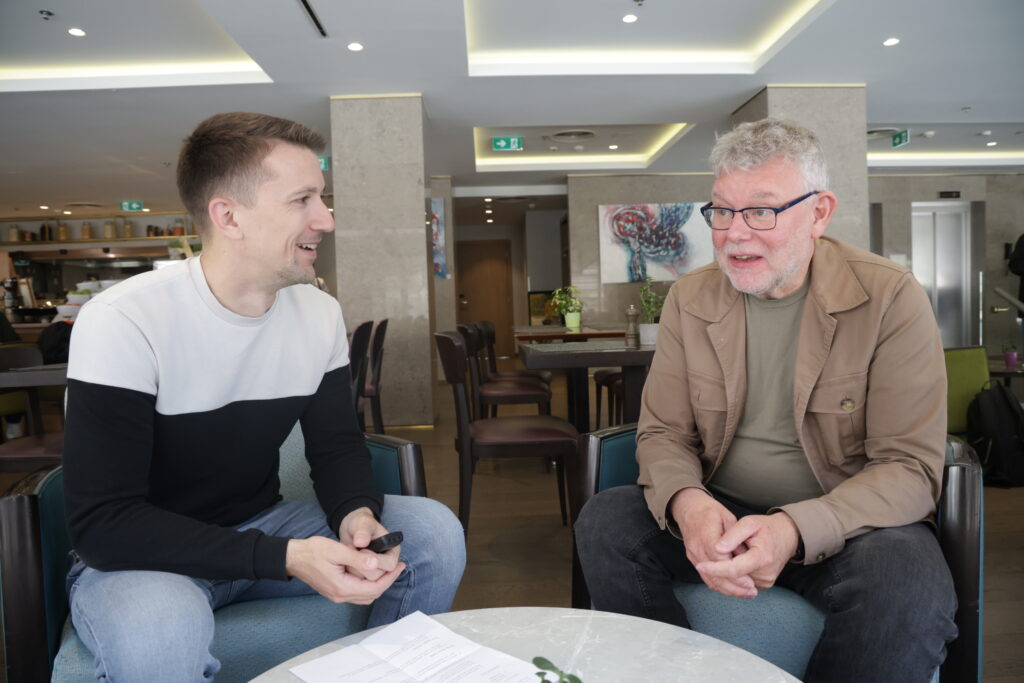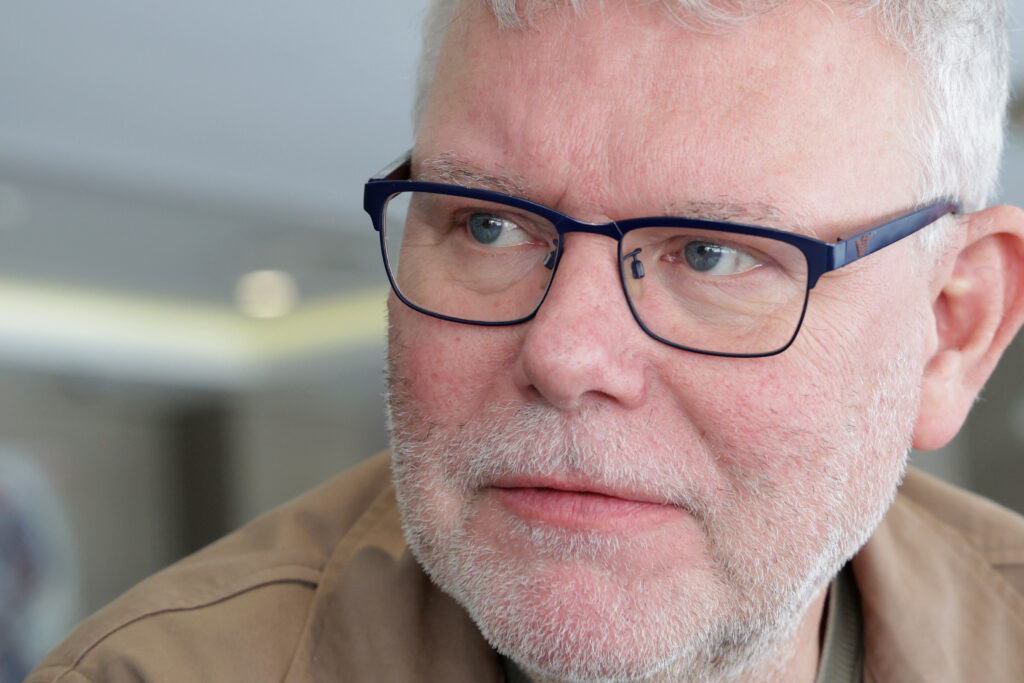Uncovering hidden patterns in a world where fiction meets reality
 Swedish crime fiction author Arne Dahl visited Belgrade as a guest of the first Belgrade Thrillerfest, held with the support of the Embassy of Sweden. In this exclusive interview for Diplomacy&Commerce, conducted by Serbian writer and police inspector Lazar Jovanović, Dahl reflects on the evolution of Scandinavian thrillers, the fine line between reality and imagination, and the emotional cost of parting with beloved characters.
Swedish crime fiction author Arne Dahl visited Belgrade as a guest of the first Belgrade Thrillerfest, held with the support of the Embassy of Sweden. In this exclusive interview for Diplomacy&Commerce, conducted by Serbian writer and police inspector Lazar Jovanović, Dahl reflects on the evolution of Scandinavian thrillers, the fine line between reality and imagination, and the emotional cost of parting with beloved characters.
To what extent is your fiction rooted in real events or people? At what point does reality give way to imagination in your novels?
Yeah, it’s a good question, because I try to always have the first flashes of inspiration from reality, from something grounding the story, because I know it’s going to be a little bit unrealistic, because nothing can be realistic, really, in this thriller world. It’s an imaginative, fairytale-like storytelling. Still, you base it in reality, and you make it as credible and as believable as possible.
So, I usually look at what’s happening in the world or Sweden, or whatever, and try to turn it into an exciting story. It’s based on, in reality, being more than just entertainment, which is the main thing, after all, but also perhaps to awaken some thoughts.
There are snakes also in this so-called paradise
Do you follow a particular writing routine, and how do you go about structuring a novel? Are you a meticulous planner, or do you prefer to let the story take its course?
There are more people involved, more storylines, more threads, and more themes. Then you have to plan it pretty hard. Still, there’s always room for freedom. There’s always room for creative writing, so to speak. I’m never worried that I over-plan things, because I know it’s going to be free. But it’s a way to start a story.
I know where it’s going, I know… And then the road to where it’s going could change along the way. In this Serbian-translated series about Bergen and Bloom, it’s a bit less thoroughly planned than earlier books. So, I focus on a few twists and turns, you know. Little surprises, you may say, along the way, where everything is turned upside down. I have four or five of those, and then I move between them. And at the same time, increase tension and excitement along the way.
How do you explain the global appeal of Scandinavian thrillers? What sets them apart from others in the genre?
The explanation is perhaps that nobody believed that there would be Swedish or Scandinavian crime fiction, because the idea is that we’re such a peaceful part of the world and a little bit isolated up there with the icebergs. But we have our problems as well, and maybe that’s kind of part of the interest, that there are snakes also in this so-called paradise up there. And that could be an explanation.
We have had the big American tradition, which is more along the hard-boiled kind of writing, and the English, which is more of the mystery-solving things, basically. And then we haven’t had so much more. So when the Nordic noir came, it was a bit of a surprise, I think.
And it started in the 60s, really, but it never became big. Later, we had Henning Mankell in the 90s, not very big either. I don’t think you know him, for example. But then there was a bigger wave, and I was part of the first… I made my debut in 1998 as a crime fiction director. So I’ve been doing it for a while, and it was interesting to see how it exploded from there. And now it’s too much, simply.
I heard you in the Slavic-Balkan region, Serbia, Croatia, etc., where there are about 30 books of thriller crime fiction published a year. And in Sweden it’s 500. It’s absurd.
 Connecting to that, with so many established voices in the field, how difficult is it to carve out your own space in Scandinavian crime fiction?
Connecting to that, with so many established voices in the field, how difficult is it to carve out your own space in Scandinavian crime fiction?
I suppose I was lucky in the timing a little bit, because there were not so many who had their niches, that’s all. So there was a place for me, I don’t know, maybe I’m a little bit more literary than most thriller writers, so I come from writing other kinds of serious literature. So it’s with me all the time that it has to be a good one, I have to write this well, I have to have some kind of deep thought somewhere at least.
And I suppose that was my small niche in the world of thrillers, and it’s been like that since then. Now, especially in Sweden, with this inflation, super inflation, it’s very difficult to be young and find a job, which is interesting. If you can pass through this eye of the needle, then you probably are a good writer.
But I think the Swedish and Scandinavian crime fiction boom is over; it’s peaked. It’s going down perhaps, but now it’s more about individual writers and not about the concept of Scandinavian crime fiction.
Everything gets turned upside down along the way
To end with this question concerning your… You’ve published the last sequel of the Berger and Bloom series. How emotionally attached do you become to your characters? And is it difficult to part with them now that the series is over?
In the beginning, I thought about the one called, I think, it’s called Pustos or something, the first one. Yeah, the first one. It was supposed to be a standalone. I thought it’s time for me to not write in a series, but a standalone. And then I sort of fell in love with both of these characters and their peculiarities. And I thought, now the story isn’t finished yet. I’ll make it a trilogy, so now it’s going to be three books. And then after three books, there are a couple of books more in there. And in the end, as the story is told now, they have sort of landed in a reasonably good place. It was a kind of natural ending to it. There was some kind of happy ending after all. The story needs to end somewhere. So I thought, five books, that’s probably what this story is. It’s a five-book thing.